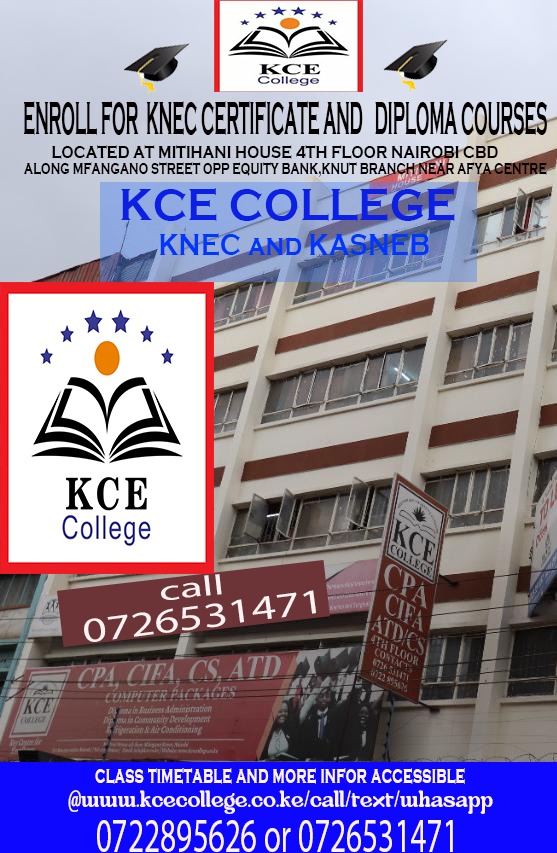Economists have given a number of approaches to explain the concept of money. They have defined the concept of money off on the basis of different aspects of money.
However, in recent time, there has been a controversy on which aspects of money should be included in the definition of money.
The different approaches of money can broadly be grouped into two categories, which are shown in Figure-2:

The different approaches of money (as shown in Figure-2) are explained below:
1. Conventional Approach:
The conventional approach is considered as one of the oldest approach for defining the concept of money. It takes into consideration only two functions of money, namely, medium of exchange and measure of value. Therefore, as per this approach, any good or service that fulfills these two functions is termed as money, regardless of the fact that money is always a subject of authentication by the government.
According to this approach, commodities that serve the purpose of money are cattle (cow, sheep, horse, and bull), grains (wheat, jowar, and rice), stones and metals (copper, brass, silver, and gold). These commodities considered as money as long as they fulfilled the two conditions of money.
Some of the definitions of money given by economists who support conventional approach are as follows:
According to R.P. Kent, “Money is anything that is commonly used and generally accepted as a medium of exchange, or as a standard of value.”
According to Marshall, “All those things which are (at any time and place) generally accepted without doubt or special enquiry as a means of purchasing commodities and services and defraying expenses are included in the definition of money.”
According to Geoffry Crowther, “Money can be defined as anything that is generally accepted as a means of exchange and at the same time acts as a measure and as a store of value.”
2. Modern Approach:
Over a passage of time, it was realized that conventional approach provides a restrictive definition of money. In addition, the functions of money are not only confined to medium of exchange and measure of value rather it performs a large number of functions.
The modern approach of money is broadly classified into three categories, which are as follows:
(a) Chicago Approach:
Lays emphasis on extending the definition of money given in conventional approach. This approach was given by Milton Friedman and his associates in Chicago University. They have extended the definition of money given in conventional approach by including three more concepts, namely, currency, checkable demand deposits, and time deposits.
However, economists having conventional viewpoint of money were against the addition of the concept time deposit in the definition of money. According to conventional approach, time deposits are not available easily in liquid form or spent directly; therefore, do not serve the purpose of money. However, the Chicago school of thought has given two points emphasizing the importance of time deposits in the definition of money.
These two points are as follows:
- Advocated that national income and money are interrelated to each other and this interlink can be more strengthen if time deposits are included in money
- Propounded that definition of money should include the close substitutes of money and time deposit is one of those substitutes
However, both of the explanations are not strong enough to include time deposits in the definition of money.
(b) Gurley-Shaw Approach:
Includes the liabilities of non-banking financial intermediaries in the definition of money. The main contributors of this approach were John G. Gurley and Edward S. Shaw. Gurley and Shaw, while explaining the concept of money, highlighted the substitution relationship among various factors, such as currency, demand deposits, time deposits, and saving bank deposits.
These factors act as the sources for storing value. Therefore, according to Gurley-Shaw, money can be defined as the weighted sum of currency, demand deposits, and other deposits and claims against the financial intermediaries. The weights should be allotted on the basis of substitutability of currency.
However, the practical implication of this approach is not possible as it is difficult to determine the degree of substitutability of deposits and claims against the financial intermediaries. Moreover, assigning weights to measure the money supply is a challenging task.
(c) Central Bank Approach:
Constitutes the broader view of the whole concept of money. The function of the central bank is to control and regulate the flow of money in an economy. Therefore, the central bank formulates and implements a monetary policy to achieve its goals and objectives.
For this purpose, it needs to determine all the sources and modes of payment and flow of credit in the economy, which are treated as money. According to the central bank view, currency and all other assets that can be converted into money (realizable assets) are included in the money supply.
Radcliffe Committee of United States endorsed the central bank approach. According to this committee, “the similarity between currency and other realizable assets or means of purchasing to the point of rejecting money in favor of some broader concept, measurable or immeasurable.”
In other words, money can be any form through which the borrowers receive credit. On the basis of monetary policy and policy targets, the central bank implements different measures to control money supply.
